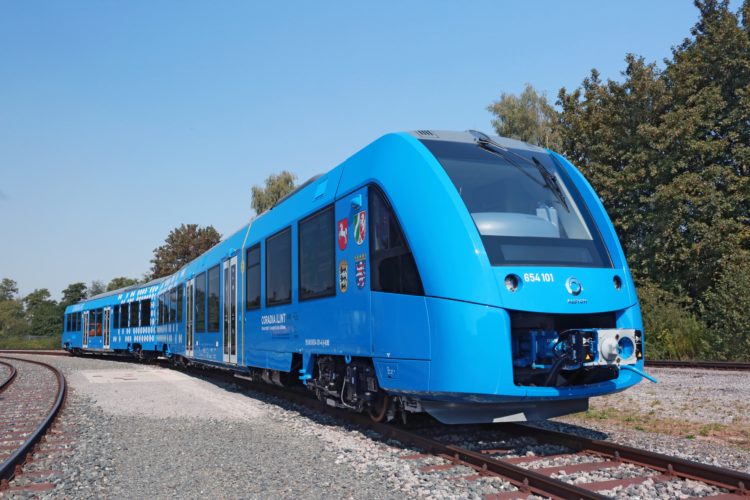-
Tips for becoming a good boxer - November 6, 2020
-
7 expert tips for making your hens night a memorable one - November 6, 2020
-
5 reasons to host your Christmas party on a cruise boat - November 6, 2020
-
What to do when you’re charged with a crime - November 6, 2020
-
Should you get one or multiple dogs? Here’s all you need to know - November 3, 2020
-
A Guide: How to Build Your Very Own Magic Mirror - February 14, 2019
-
Our Top Inspirational Baseball Stars - November 24, 2018
-
Five Tech Tools That Will Help You Turn Your Blog into a Business - November 24, 2018
-
How to Indulge on Vacation without Expanding Your Waist - November 9, 2018
-
5 Strategies for Businesses to Appeal to Today’s Increasingly Mobile-Crazed Customers - November 9, 2018
Hydrogen fuel cell-powered train has diesel in its sights
Alstom has unveiled the Coradia iLint zero-emission train at InnoTrans 2016 trade fair in Berlin.
Advertisement
Dubbed hydrail, the train developed by French company Alstom was presented to the public on Tuesday.
Conscious of the effort it would require to roll out its fuel cell trains, Alstom is offering the Coradia iLint in a package that includes maintenance and refuelling infrastructure.
“Alstom is among the first railway manufacturers in the world to develop a passenger train based on such a technology”.
The hydrogen train – called the “Coradia iLint” – will be running from December 2017 on the Buxtehude-Bremervörde-Bremerhaven-Cuxhaven line in Lower Saxony, Germany.
The train has the ability to travel up to 800 kilometers (497 miles) and carry up to 300 passengers; it’s the world’s first hydrogen passenger train that can regularly operate long journeys.
There are no plans at the moment to deploy the train in the United Kingdom, but regional leaders in Germany signed letters of intent in 2014 for emissions-free trains.
The fuel cell onboard the train mixes hydrogen with oxygen to produce electricity, which is stored in a lithium-ion battery that also draws on regenerative braking. Alstom, the company that built the train, says that its only emission is a combination of steam and compressed water. There’s no word on price, but the train is expected to go into operation from 2018. Several prototypes have already been made, mainly in freight transport.
Advertisement
Alstom is going to start testing the train in Germany and the Netherlands next year – hydrogen is one of the byproducts of Germany’s industrial sector, so it makes sense – but Burrows says “hopefully we’ll be bringing a few to the United Kingdom in the not too distant future”.




























